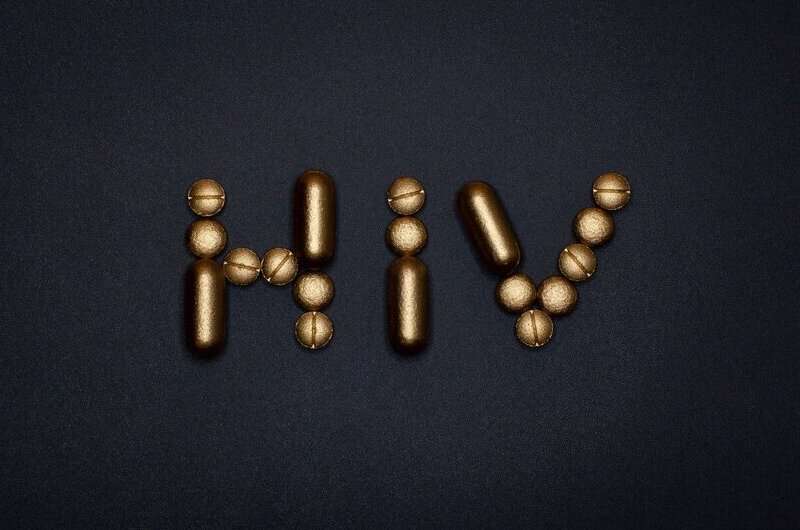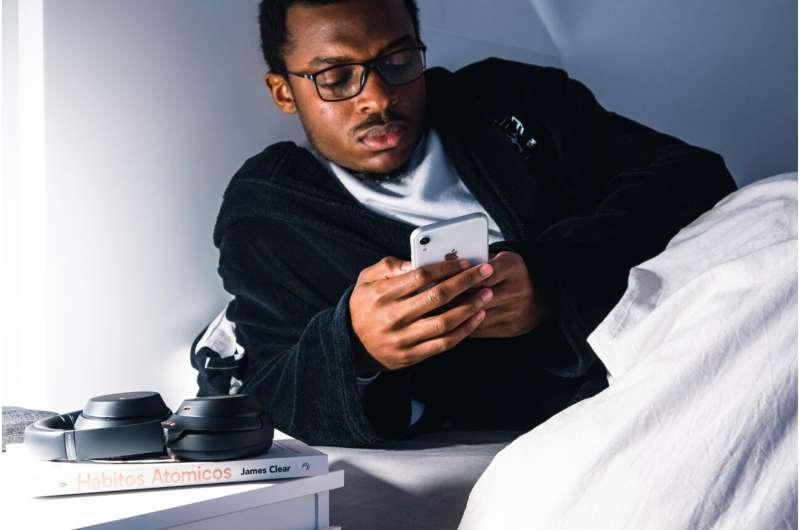How Daily Actions Influence Visual Processing in Right- and Left-Handers

Discover how everyday hand movements influence brain lateralization and visual perception in right- and left-handed individuals, a groundbreaking study from Cornell University shows.
Recent research from Cornell University reveals that everyday activities and hand use can shape how our brains process visual information differently based on handedness. Traditionally, scientists have observed that the brain's left hemisphere responds more quickly to high-frequency visual stimuli—like rapid movements—while the right hemisphere tends to handle static, low-frequency inputs, such as holding an object like a nail. However, this new study introduces the 'action asymmetry hypothesis,' proposing that these perceptual differences are directly linked to habitual hand actions.
The researchers found that in right-handed individuals, the left hemisphere is specialized for high-frequency visual processing, whereas in left-handed individuals, this specialization is reversed. This was demonstrated in experiments involving reaction times to certain visual shapes, which indicated that the hemisphere responsible for high-frequency perception changes depending on handedness. Interestingly, the study also confirmed that both right- and left-handed people use their left hemisphere for high-frequency language sounds, ruling out the idea that language processing differences explain the visual perception asymmetry.
The underlying mechanism suggests that the side of the brain responsible for high-frequency actions becomes organized to process associated sensory inputs more efficiently. This link between hand use and perception implies that habitual hand actions influence broader cognitive functions, including language and emotion. The findings challenge previous theories that linked hemispheric asymmetries to fetal development or language specialization, emphasizing the role of motor actions in shaping brain organization.
Future research aims to explore whether similar patterns exist in auditory perception and how brain reorganization occurs in stroke patients who lose use of their dominant hand. Overall, this study highlights how our daily physical activities and hand preferences play a vital role in shaping perceptual and cognitive processes in the brain.
Source: https://medicalxpress.com/news/2025-08-daily-actions-righties-lefties-visual.html
Stay Updated with Mia's Feed
Get the latest health & wellness insights delivered straight to your inbox.
Related Articles
Breakthrough in Cancer Precision Therapy: Identifying Patients Who Benefit from Bexmarilimab
A new study unveils how bexmarilimab activates the immune system against cancer and introduces a gene signature for selective patient treatment, advancing personalized immunotherapy.
How PFAS Impact Liver Cell Function and Health
Recent research uncovers how PFAS chemicals interfere with liver cell functions, causing fat accumulation and cancer-related changes, emphasizing the need to limit exposure and develop targeted treatments.
Declining HIV Diagnoses in New Zealand Indicate Progress in Prevention Efforts
New Zealand is experiencing a positive downward trend in HIV diagnoses, driven by improved prevention strategies and treatment, with significant reductions among men who have sex with men.
Chronic Insomnia Linked to Accelerated Brain Aging and Cognitive Decline
Chronic insomnia is associated with faster cognitive decline and brain aging, increasing the risk of dementia. New research highlights the importance of sleep health for maintaining cognitive resilience in older adults.



